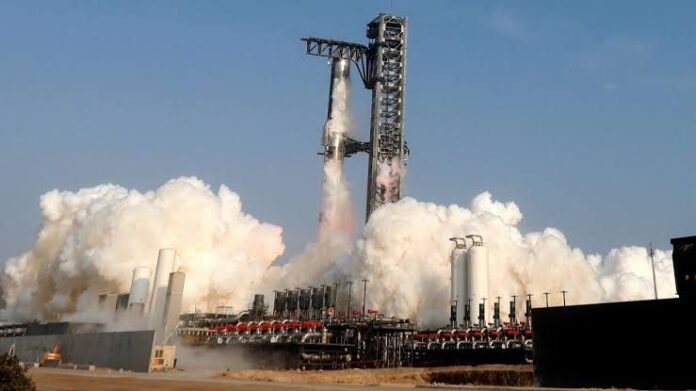SpaceX’s ninth Starship test flight, launched on May 27, 2025, experienced a significant setback when the spacecraft lost control approximately 30 minutes into its flight due to a propellant leak. The malfunction led to the disintegration of the vehicle over the Indian Ocean, marking a partial failure in the ambitious mission aimed at deep-space exploration and future Mars colonization.
Despite the loss, the test flight wasn’t without its victories. One of the mission’s most notable achievements was the successful reuse of the Super Heavy booster, showcasing SpaceX’s commitment to cost-effective, sustainable space travel. Additionally, the spacecraft’s heat shield demonstrated improved resilience, a critical factor for future atmospheric re-entry on Mars and Earth.
Elon Musk, CEO of SpaceX, remained optimistic in the aftermath, emphasizing that each test brings valuable data and insights essential to refining the Starship system. “Progress is made through trial, error, and iteration,” Musk stated. “Every flight teaches us something new and brings us one step closer to making life multiplanetary.”
The Starship program is central to SpaceX’s long-term vision of Mars colonization. While setbacks like these are part of the development process, the continued iteration and frequent testing demonstrate the company’s rapid pace of innovation. The aerospace community has widely acknowledged that even partial successes in such complex missions represent crucial advances in space engineering.
Looking ahead, SpaceX plans to address the cause of the propellant leak and implement design improvements in the upcoming test flights. As with past missions, transparency, adaptability, and relentless pursuit of innovation remain the driving forces behind SpaceX’s progress.






